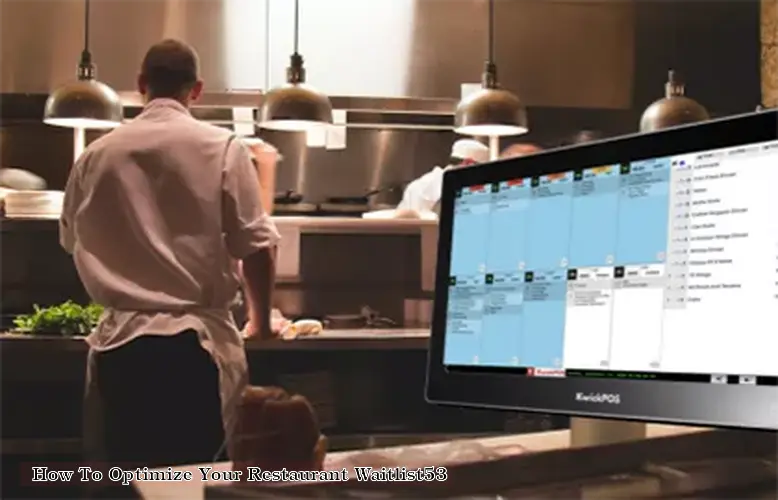

1. Implement a digital waitlist system:
Instead of using a paper-based system, consider investing in a digital waitlist management tool, which can save time, reduce errors, and enable better communication with guests. Digital systems can also help you track data, gather valuable insights, and manage your floor plan more effectively.
2. Train staff on proper waitlist management:
Ensure that your host/hostess team understands the importance of maintaining an efficient waitlist and is trained on best practices. This includes accurately estimating wait times, proactively communicating with guests, and seating parties in a strategic manner that maximizes table turns.
3. Utilize text message communication:
Use a system that allows you to send text messages to guests when their table is ready. This not only reduces the need for guests to be physically present in your restaurant while waiting but also provides them the freedom to wait elsewhere. Text messaging can also help you manage guest flow better, as you can track who has responded and adjust the waitlist accordingly.
4. Offer guests the option to wait at the bar:
If your restaurant has a bar area, encourage guests to wait there while they are on the waitlist. This can increase bar sales and create a more enjoyable experience for guests, as they can enjoy a drink while they wait.
5. Consider overbooking strategically:
While overbooking can be risky, it can also increase revenue if managed properly. Analyze your historical data to determine your typical no-show rate and adjust your overbooking strategy accordingly. Only overbook by a small margin, and ensure that your staff is prepared to handle the occasional rush of guests arriving at once.
6. Analyze your waitlist data:
Regularly review your waitlist data to identify trends and areas for improvement. This can include analyzing average wait times, no-show rates, and table turnover rates. Use this data to make informed decisions about staffing, seating arrangements, and other operational aspects of your restaurant.
7. Implement a reservation system:
While a waitlist is crucial for managing walk-ins, offering reservations for specific times can help you balance your waitlist and ensure a more even flow of guests throughout your service. Offer a mix of reservations and walk-ins to optimize your seating and maximize revenue.
8. Offer call-ahead seating:
Allow guests to call ahead and add their names to the waitlist before they arrive. This not only saves guests time but also helps you better manage your waitlist and estimate wait times more accurately.
9. Monitor online review sites:
Pay attention to online reviews related to wait times and waitlist management. Use this feedback to identify areas for improvement and adjust your strategies accordingly.
10. Maintain a clean and welcoming waiting area:
Ensure that your waiting area is clean, comfortable, and well-maintained. Offer amenities such as Wi-Fi, charging stations, and restrooms to create a positive experience for guests while they wait. Positive waitlist experiences can lead to repeat business and positive word-of-mouth advertising.
DISCLAIMER: This information is provided for general informational purposes only, and publication does not constitute an endorsement. Kwick365 does not warrant the accuracy or completeness of any information, text, graphics, links, or other items contained within this content. Kwick365 does not guarantee you will achieve any specific results if you follow any advice herein. It may be advisable for you to consult with a professional such as a lawyer, accountant, or business advisor for advice specific to your situation.
today
Copyright © 2025 Kwick365.com
Designed by KwickPOS is the best restaurant POS